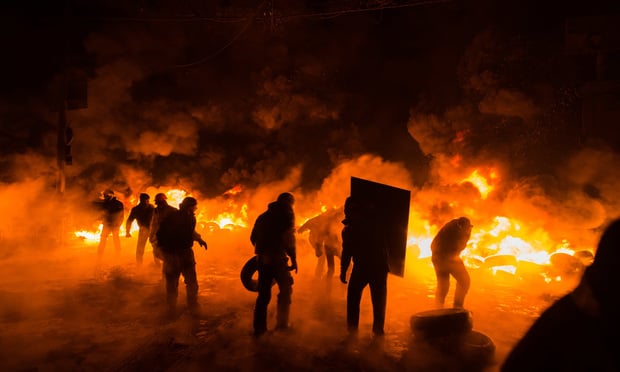 A civil unrest emergency response plan is imperative for businesses, and employers should begin their preparations by figuring out ways to account for all employees in the event of an emergency, including creating a communication plan for all levels of staff. (Credit: Shutterstock.com)
A civil unrest emergency response plan is imperative for businesses, and employers should begin their preparations by figuring out ways to account for all employees in the event of an emergency, including creating a communication plan for all levels of staff. (Credit: Shutterstock.com)
The United States Supreme Court's recent decision to overturn Roe v. Wade is just the latest in a string of causes that have led to public outcry and response in the U.S. over the last few years. While the intention of protests is often disruption, they tend to remain peaceful, overall. However, protests can become destructive and violent, and when this happens local establishments tend to pay the price. So, how can businesses prepare for potential civil unrest?
Recommended For You
Want to continue reading?
Become a Free PropertyCasualty360 Digital Reader
Your access to unlimited PropertyCasualty360 content isn’t changing.
Once you are an ALM digital member, you’ll receive:
- Breaking insurance news and analysis, on-site and via our newsletters and custom alerts
- Weekly Insurance Speak podcast featuring exclusive interviews with industry leaders
- Educational webcasts, white papers, and ebooks from industry thought leaders
- Critical converage of the employee benefits and financial advisory markets on our other ALM sites, BenefitsPRO and ThinkAdvisor
Already have an account? Sign In Now
© 2025 ALM Global, LLC, All Rights Reserved. Request academic re-use from www.copyright.com. All other uses, submit a request to [email protected]. For more information visit Asset & Logo Licensing.









